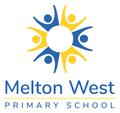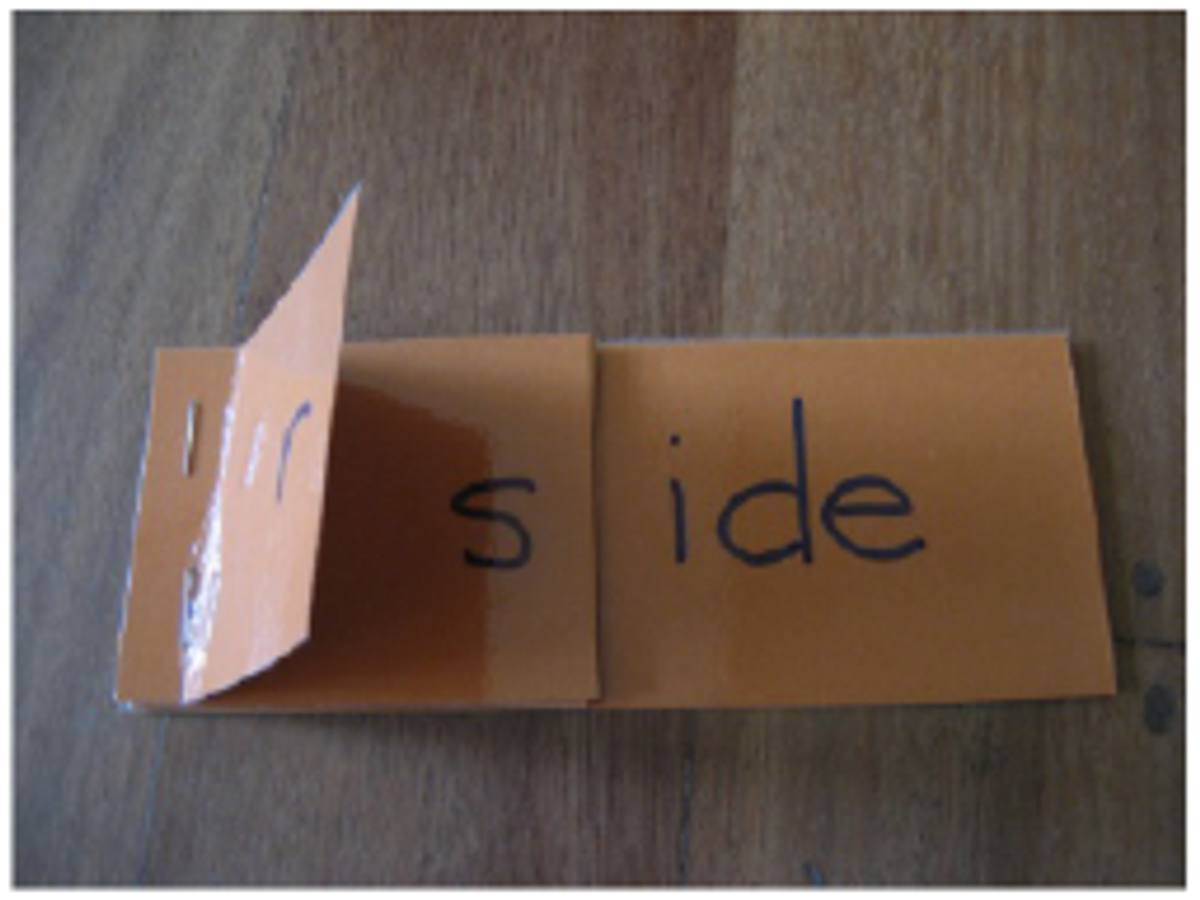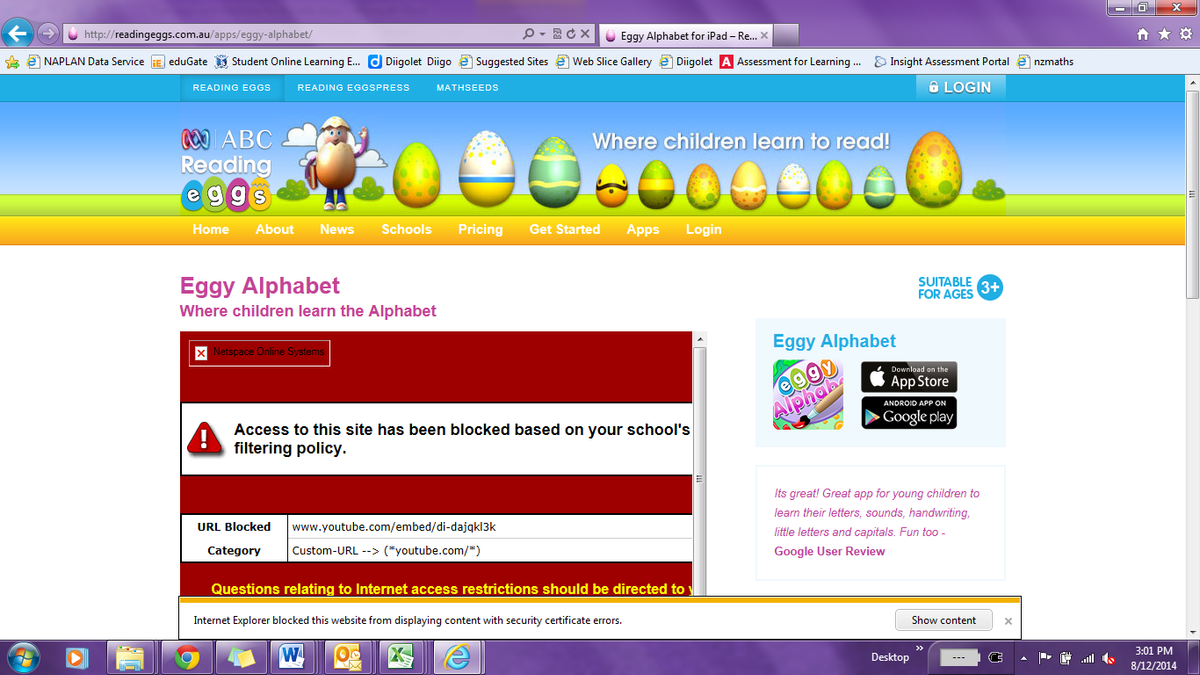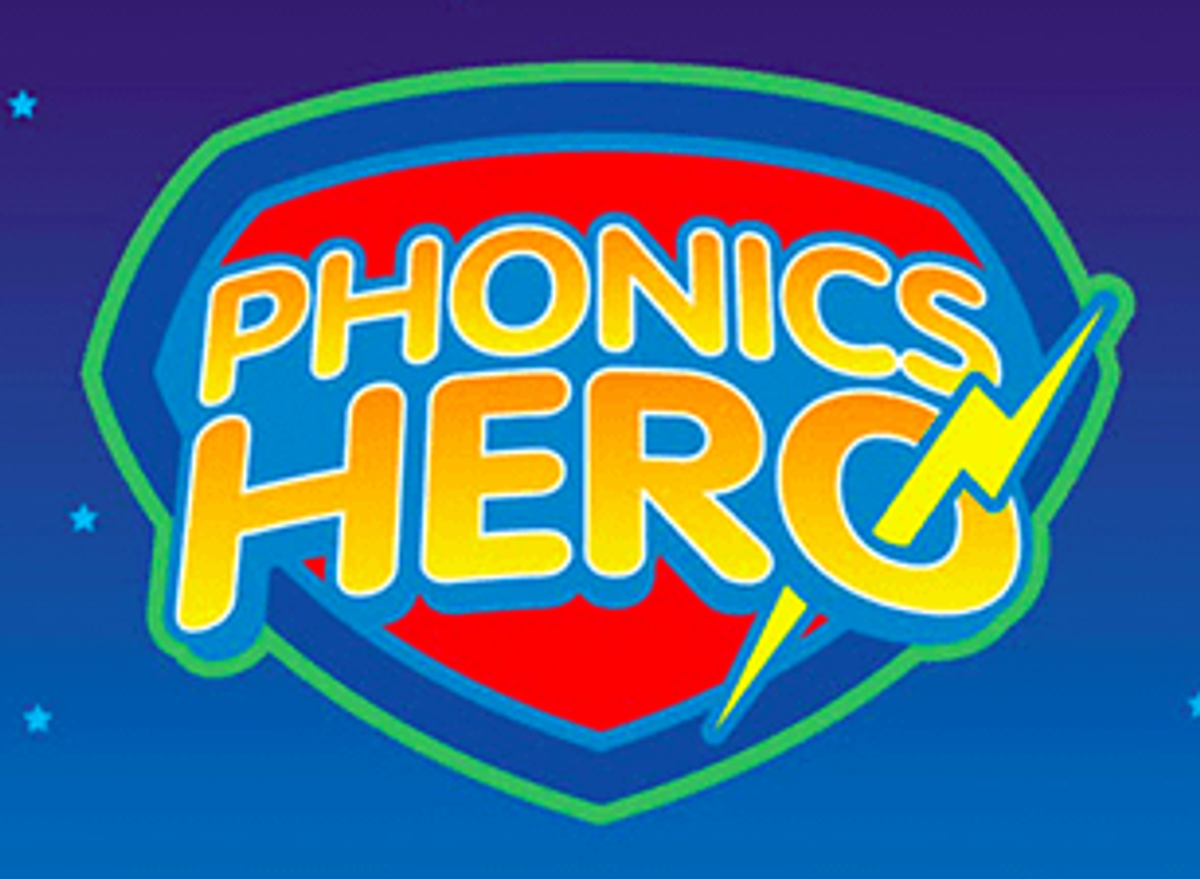Literacy Report
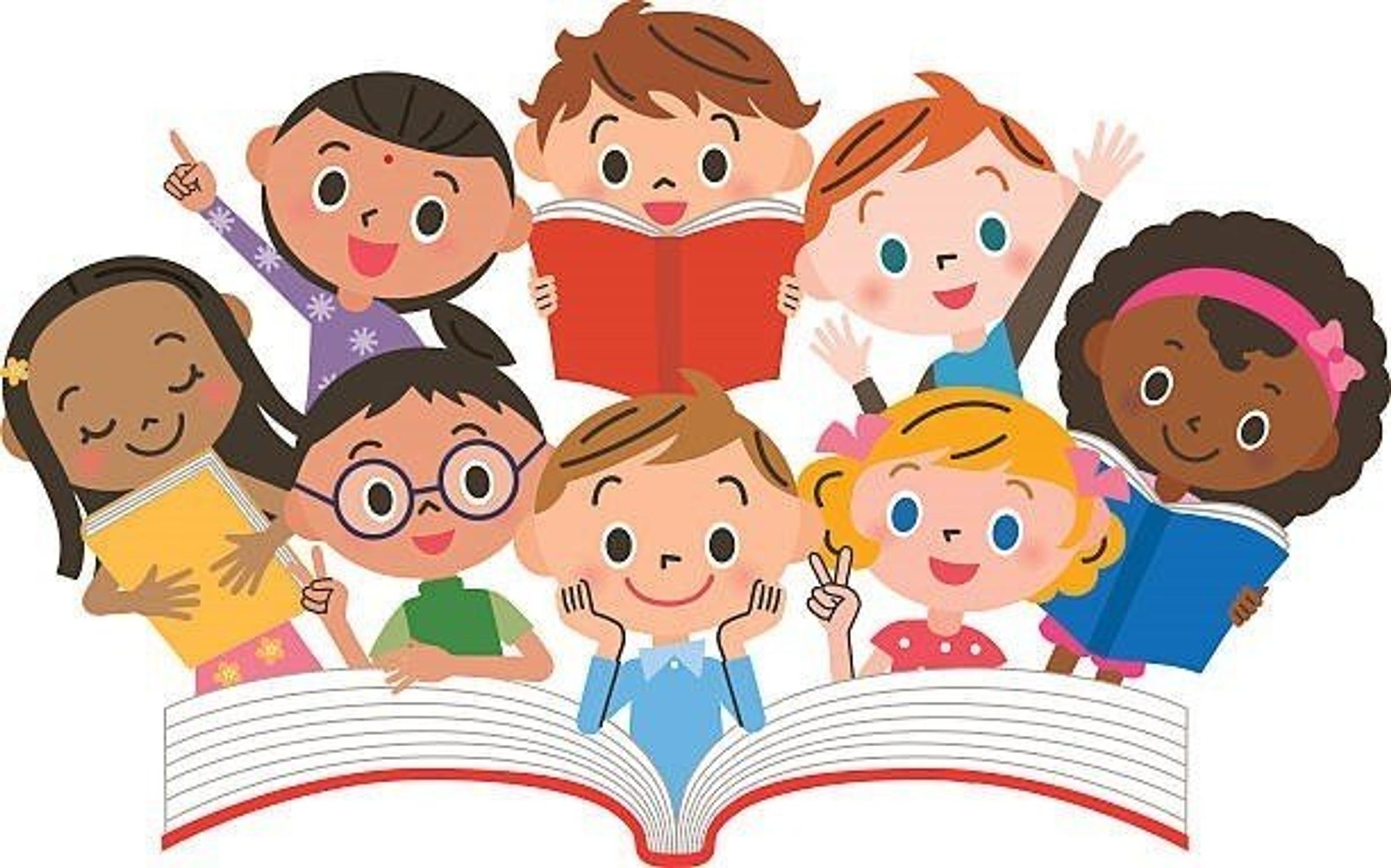
Getting it right in Reading!
What is phonics and why is it important?
Phonics is the understanding of the relationship between letters and sounds. It is an important component of reading (and writing!) and supports children when attempting to solve words that are not immediately known. In teacher speak, the process of solving or working out unknown words is referred to as ‘decoding’.
It is helpful if the names of the individual letters of the alphabet are learned early, preferably before children begin school. The letter names are constant and help to provide a reference point for teachers (and parents) when teaching the different sounds that these individual letters, or combinations of letters make. Combinations of two letters that make a single sound are called digraphs. Some examples of these are /sh/, /ck/, /th/, /wh/, /ai/, /ea/ . Combinations of two letters at the beginning of words, where each letter sound can be heard are called blends. Some examples of these are bl, pl, sm, sn, br, cr.
Children need practice identifying letters, digraphs and blends randomly in their environment and in a variety of print displays i.e. signs, posters, billboards, books, food labels. Singing an alphabet song or reading letters in order off an alphabet chart does not guarantee letter knowledge.
It is also important for students to develop their oral language and vocabulary skills. This will support the development of phonic knowledge and skills. Children need a reference point to decide whether the word they are attempting to name using phonic knowledge, is a real word and/or fits in the context of what is being read.
It is important to be aware that letter-sound knowledge alone will not guarantee that children are independent and successful readers. It is possible to solve words yet not know their meaning or comprehend an author’s message.
*Sourced from Letter-sound knowledge (phonics), Anne Bayetto, Flinder’s University
Activities to support the learning of phonics
- Start with supporting your child to learn the individual letters and sounds that make up their name.
- Use magnetic letters for children to match letters and build words
- Sort letter cards What is the odd one out and why?
- Have your child make their own alphabet book that includes names of family, pets, hobbies and interests
- Play games with letter cards such as Snap, Memory or letter-sound-picture bingo
- Put a plastic pocket over your child’s home reader and have them use a whiteboard marker to circle a nominated letter or letter blend. Make this more challenging by setting a time limit.
- Use and practise with simple flip books (see picture
Apps and websites for phonics practice
www.teachyourmonstertoread
.com
*Also available as an iPad app
Eggy Alphabet
iPad app
Phonics Hero
iPad app
Sarah Mills- Leading Teacher Literacy
